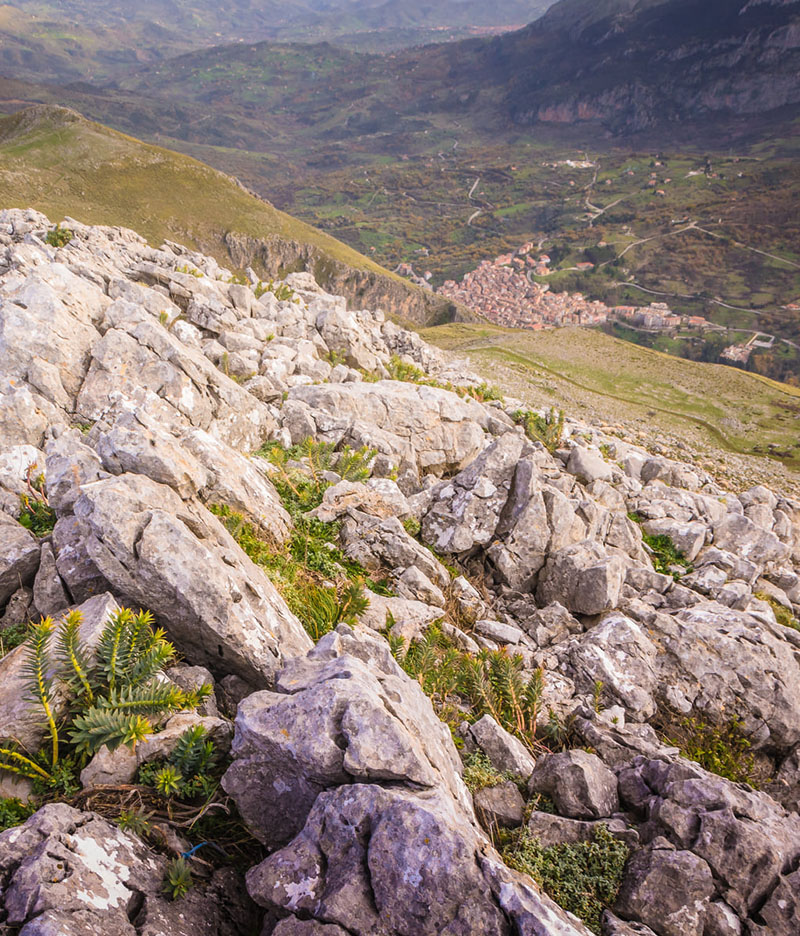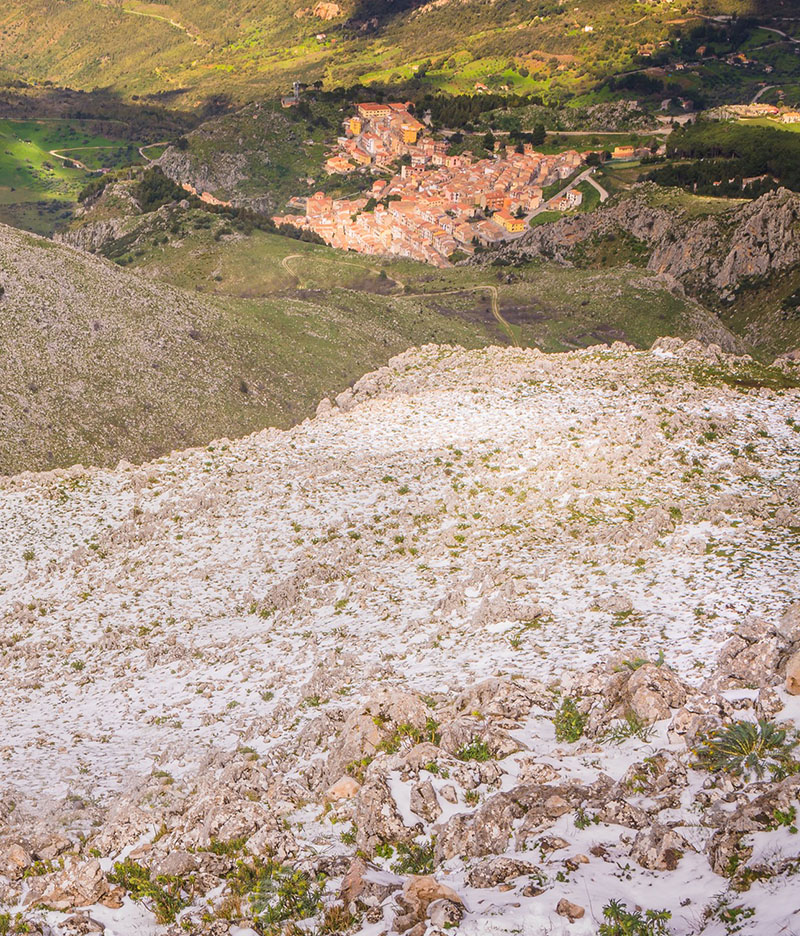Your basket is currently empty!
The Berillo valley and the seer’s stone
There is an enchanted valley between Gratteri and Gibilmanna, located in Valle Nasca, above a stone chapel that the people call “tribunedda”, because, as the legend narrates, it was there that the oxen that carried the precious effigy of a Madonna on a cart stopped to refresh themselves before continuing towards Gibilmanna. This place has always intrigued treasure seekers, among the bristly peaks of the mountain range in Prace, in the districts named by the shepherds “Rocca Dìnaru” (Money Cliff) and “Lavanca Vrilli” (Beryl Valley). Murmuring voices tell of shining crystals set in the rock, in the Piano Morto upper part. These gems, grossly called Berillo gems, have made the small citadel in Madonie famous since ancient times, as Fazello wrote back in the 16th century: “Gratterium oppidum Berillo lapide nobile” (F. Thomae Fazelli, De rebus Siculis decades duae.., 1560).
The beryl is a mineral that belongs to the class of silicates and it is known for its variety of very precious gems, such as emerald and aquamarine. But it should be verified whether those crystalline stones, that we can still find in the district of Valle Nasca today and which are called by the ancients of beryl, are such precious gems or not.
In reality, from some inspections carried out in the past by curious adventurers, it turned out that these stones are colourless and transparent rock crystals, commonly known as hyaline quartz, which in nature can be found in various forms – rough stones, tips and druse – but of a lower economic estimate than beryl.
And yet, according to an ancient legend, hyaline quartz would be a diamond that has not yet bloomed, also used as a religious gift and therefore it must be jealously guarded. Knowing this, it would be necessary to identify the real value they attributed to these stones in ancient times. The same value that made the village of Gratteri renowned throughout the territory of Madonie.
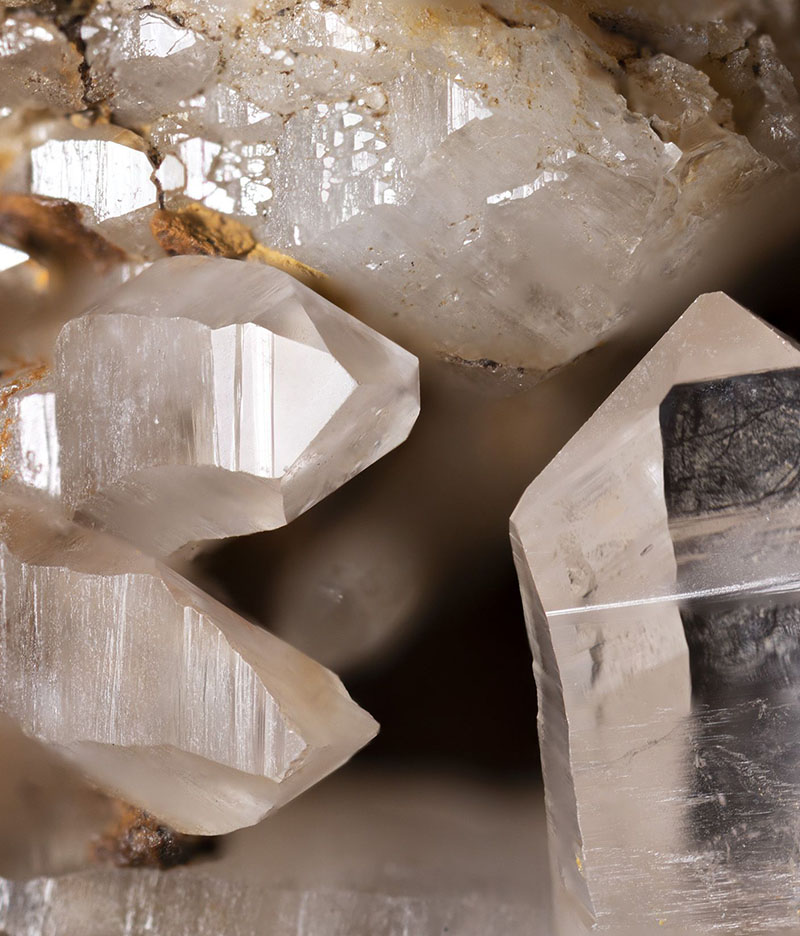
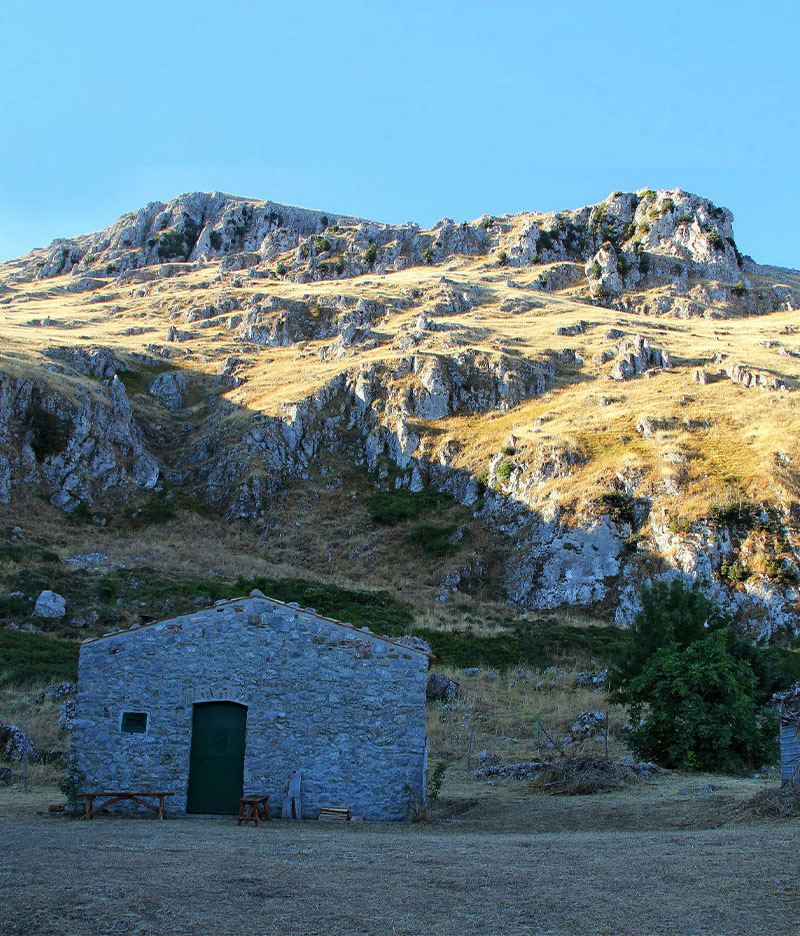
Indeed, in the ancient civilizations the hyaline quartz was considered a mineral with great “ powers” and a talisman defined the seer’s stone, thanks to its hypnotic and divinatory virtues. This type of quartz is likely to be always known by the ancient populations as a self- healing stone with magical and therapeutic powers, used for clairvoyance and divination and in the construction of pendulums, pyramids and crystal balls.
The Greeks called it “ transparent ice”, because even the sunlight would not have been able to melt it down. In ancient Rome, it was the stone consecrated to Juno. For instance, Pliny considered it a wellness provider, giving it curative properties. For this reason, the Romans made use of it in order to cure fever and the priestesses utilized it to prepare magical potions or during purification rituals.
In the jewish tradition, the rock crystal was the gem of the Zàbulon tribe and the Egyptians used it too. Moreover, it was also employed in many cultures like the legendary Atlantis, Lemuria and Mu. Moving to deep Africa, many texts written by the first explorators tell us that some tribes utilized those crystals in order to help their shaman to go quickly from a “world” into another.
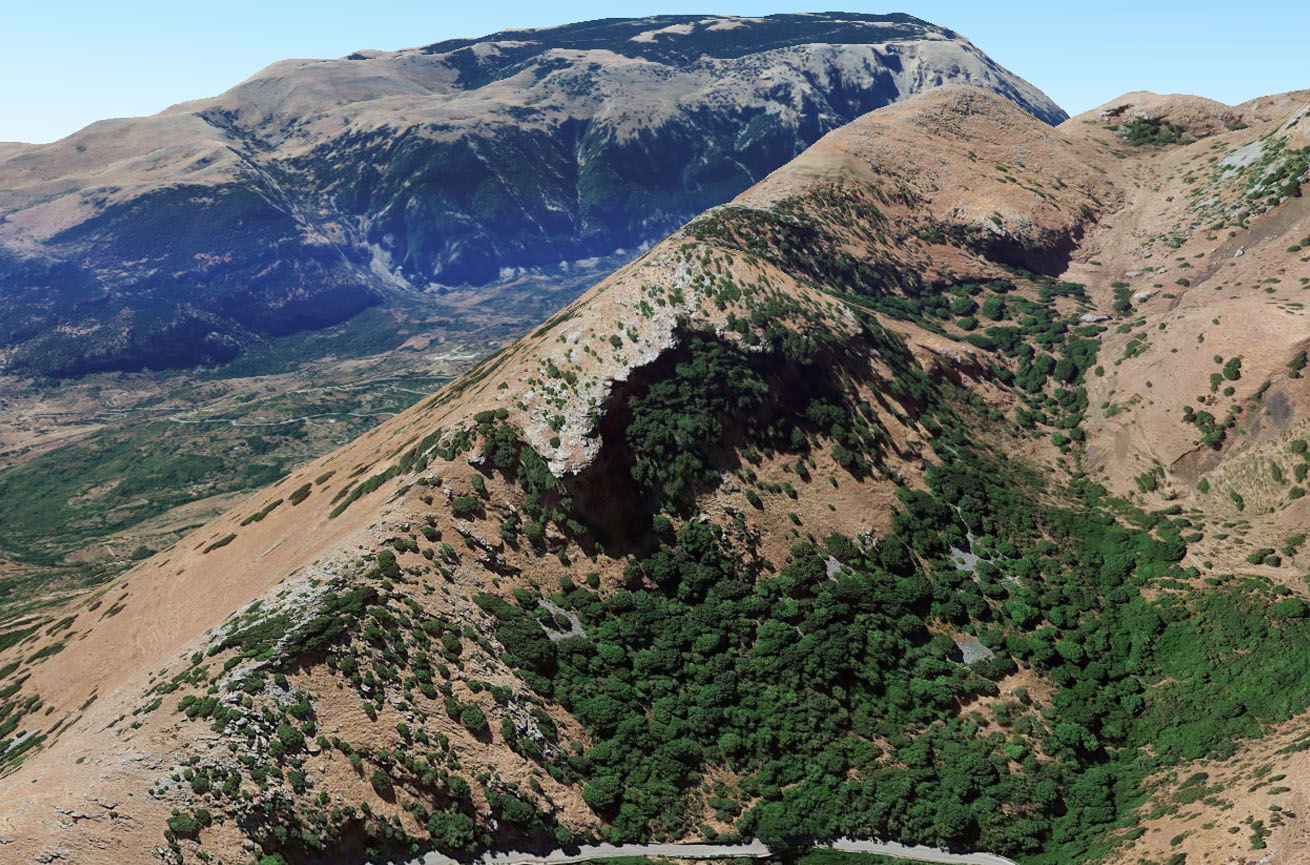
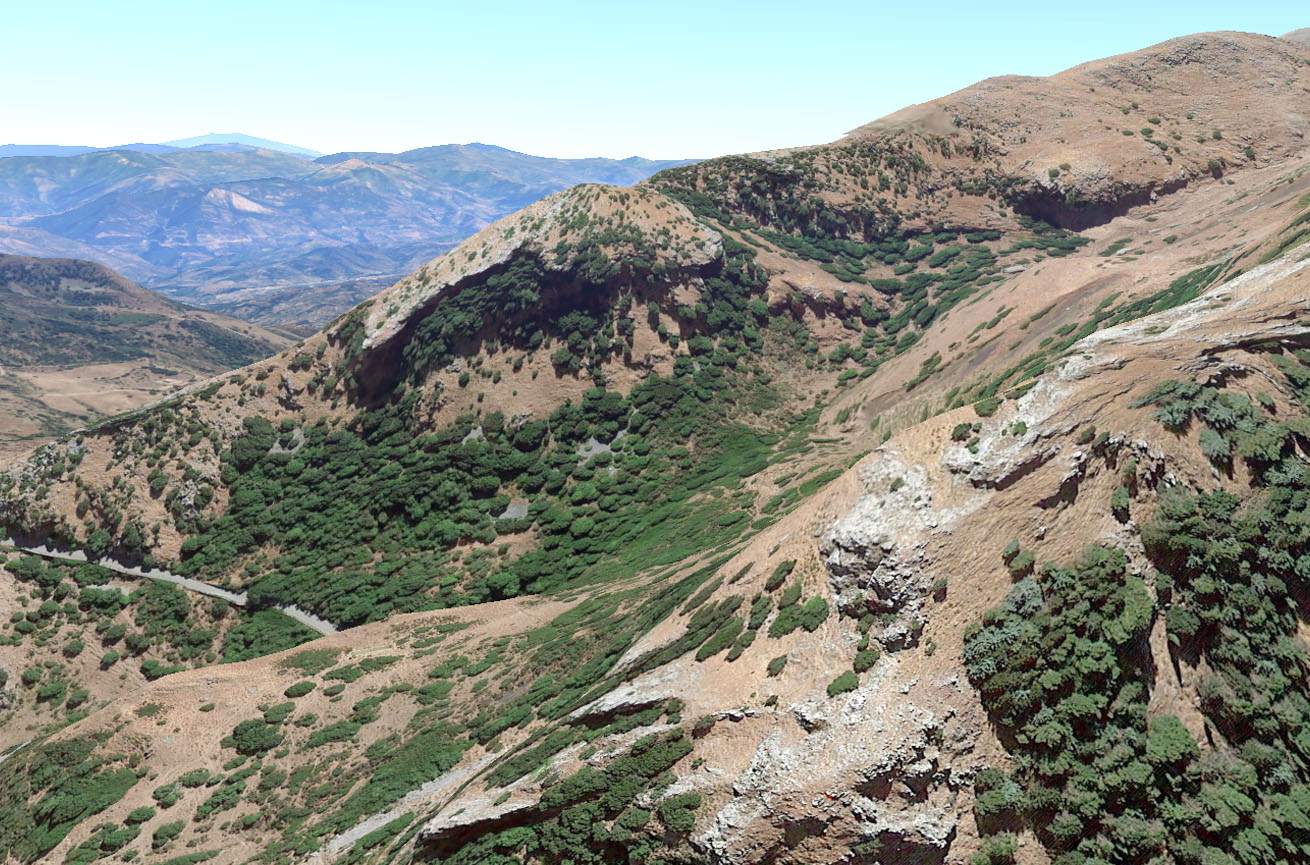
The Mayas attributed to it divinatory virtues which could give the knowledge of the future if it is kept under the tongue for a while. The Orientals finally used it to absorb the negative energies dispersed in the environment by dissolving the negativity. It was for this reason that, when the Crusaders exported it in the form of spheres to Europe, the idea that they were magical instruments was spread and some time later, they were used in Ireland and Scotland for cattle care or as talismans able to prevent every magic spell.
As highlighted, in the ancient populations , the rock crystal had a value tied perhaps to a big positive , purifying and energetic force, different from that purely marketable one assigned nowadays. Could these amazing powers be the real value of those shining stones, which in a distant past made Gratteri, the village in Madonie, famous? We like thinking so , especially because, even today , a lot of people coming to Gratteri for the first time, claim to feel a strong energetic charge and a great peace, which make that place almost unique in the whole territory of Madonie.
